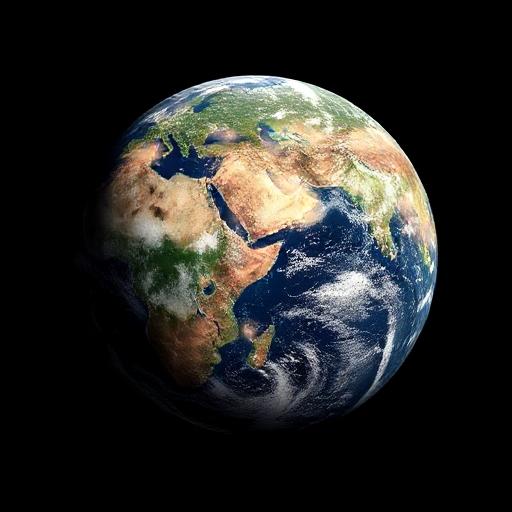Is the Earth Flat?
It might seem like a question from the past, but in recent years the idea of a flat Earth has resurfaced in online communities and conspiracy circles. So, let’s address it directly: No, the Earth is not flat—and science has known this for over two thousand years.
The ancient Greeks were among the first to propose that Earth is round. As early as 500 BCE, philosophers like Pythagoras and later Aristotle noticed that the Earth casts a round shadow on the Moon during a lunar eclipse. Around 240 BCE, Eratosthenes even calculated the Earth's circumference using shadows cast in different cities—and his estimate was remarkably accurate.
Today, we don’t just rely on shadows. We have satellite images, astronaut photography, global flight paths, and the physics of gravity—all of which confirm that the Earth is roughly spherical (technically an oblate spheroid, slightly flattened at the poles). GPS systems wouldn’t work if Earth were flat. The Coriolis effect, which affects weather systems and ocean currents, only makes sense on a rotating globe.
So why do some people still believe the Earth is flat?
The flat Earth theory has found a home online, where skepticism of mainstream science can spiral into full-blown conspiracy thinking. Many flat Earthers argue that NASA and scientists are lying to the public, and that all space images are faked. These beliefs often stem not from evidence, but from distrust, misunderstanding, or a desire to feel part of a community that “knows the truth.”
But the evidence for a round Earth is everywhere. When ships sail away from shore, they gradually disappear from the bottom up—something that wouldn't happen on a flat plane. During long-haul flights, pilots and instruments account for the Earth's curvature. And if you've ever watched a rocket launch into space, you’ve seen live video of the curved Earth from orbit.
Even phenomena like time zones, different constellations visible from different hemispheres, and the way water flows around a spinning object all point to one conclusion: Earth is not flat.
In the end, the shape of our planet isn't just a belief—it's a measurable, observable fact. Believing in a flat Earth requires ignoring centuries of data, every scientific discipline from physics to geology, and real-world technologies that depend on Earth’s curvature to function.
So the next time someone asks if the Earth is flat, you can say confidently: it’s not—and the evidence is literally all around us.
